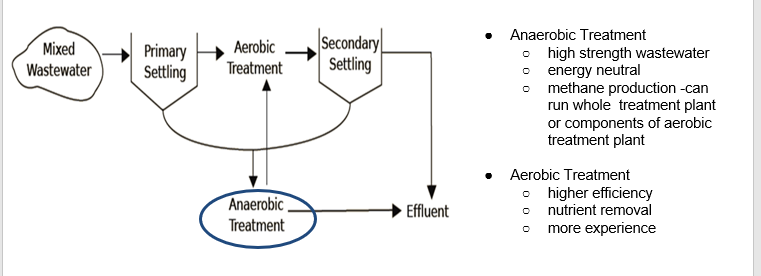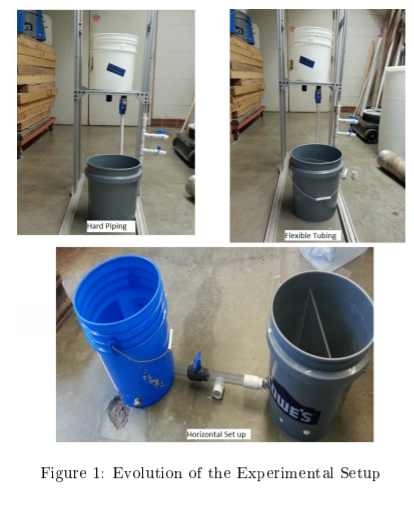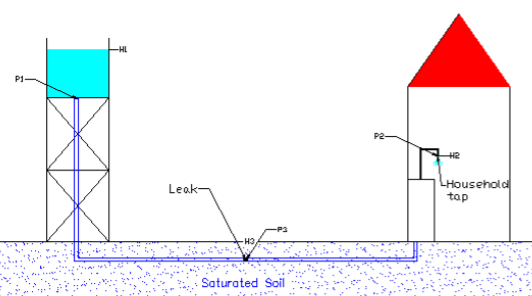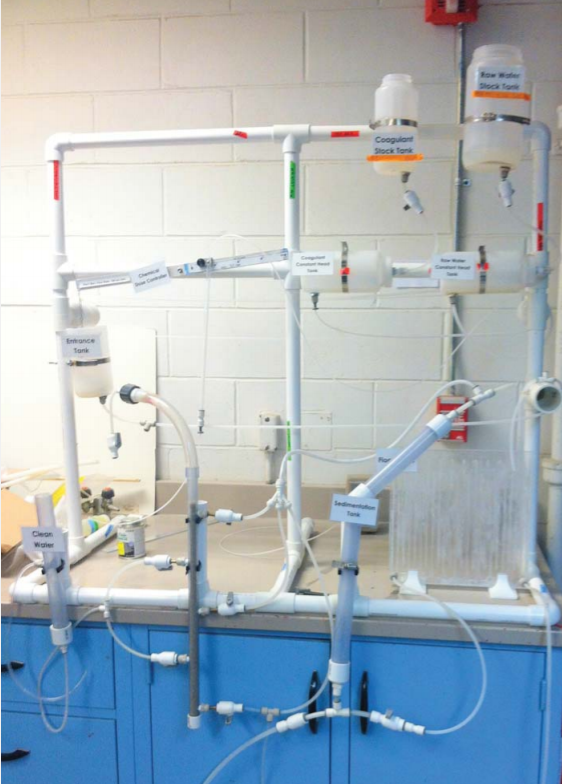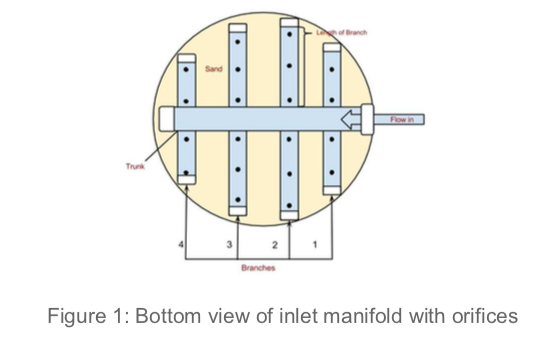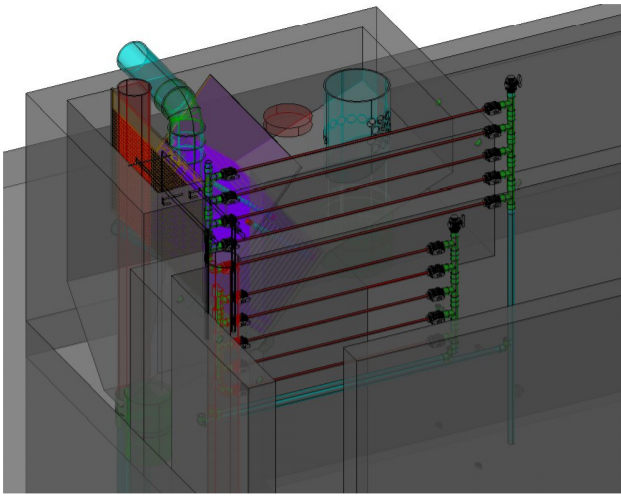Pooja Desai, Paula GomezNunez, Mary John
Abstract:
The Fall 2014 Household Infrastructure Team designed a storage tank, sink and a flow regulation system at the household level in a rural Indian village. The ultimate goal of the semester’s designs was to provide equitable flow to each house, to be stored and used in a sanitary environment. The designs determined that a 600L HDPE storage tank at each household is necessary to store a days worth of water to the family, attached to double level sink that provides an upper basin for washing of dishes 1m above the ground and a ground level platform for washing clothes. Tanks are elevated on top of a brick stand that is approximately 1m tall. Inside the tanks, ball cock float valves with an inner diameter of 1⁄2” regulate water flow.
To provide equitable water flow to each household in the village, no matter where the house is located, flow regulation to within 10% of the target household flow, 0.021L/s was forced in our design by adding headloss elements into the distribution system before the storage tanks. Extensive research into pressure regulators as a means of flow regulation was done, but it was determined that they are impractical for villages that have only a few meters of elevation difference. The design expanded further upon previous semesters work with small diameter coiled flexible tubing that greatly restricts flow. Depending on the available tubing diameters, it was found that 1m6.7m of tubing is required at the household level to force equitable flow throughout the village.









